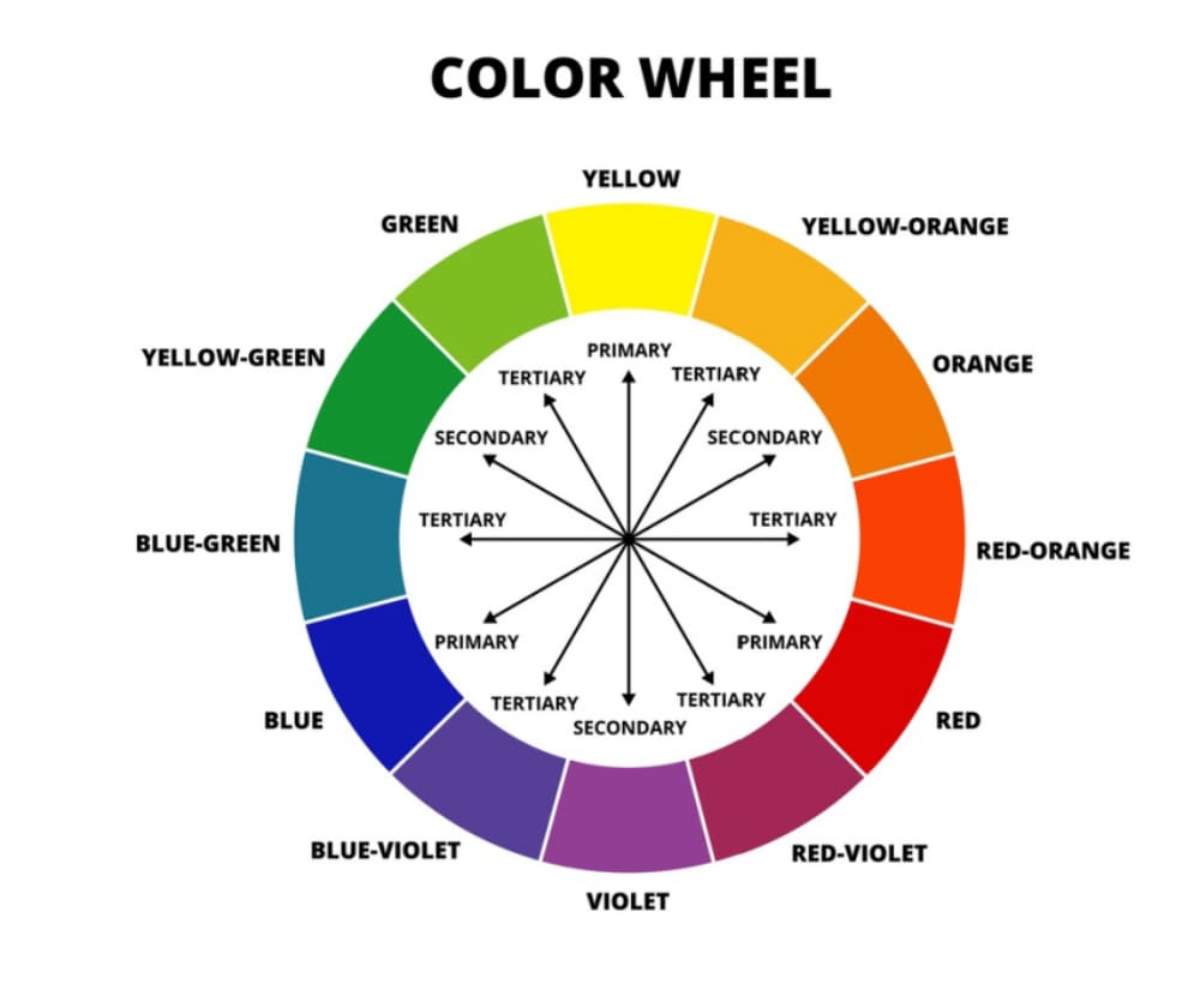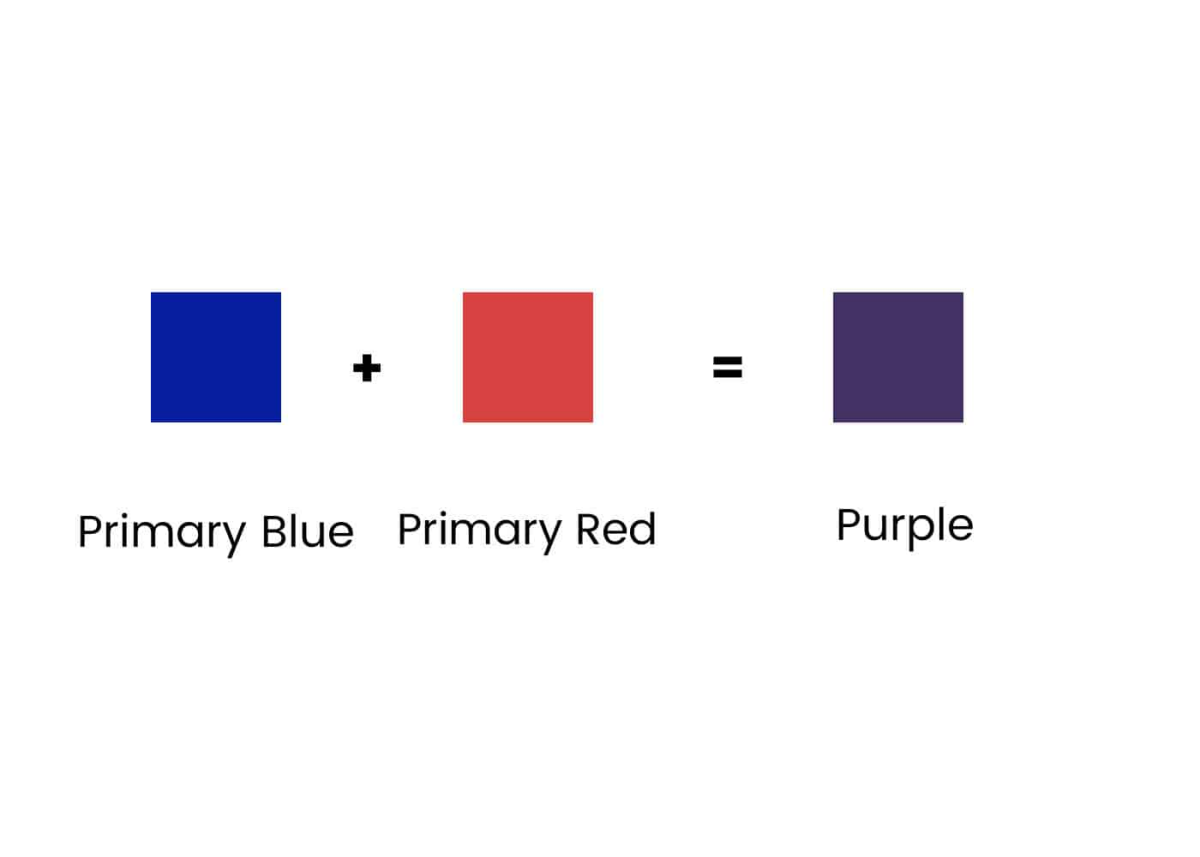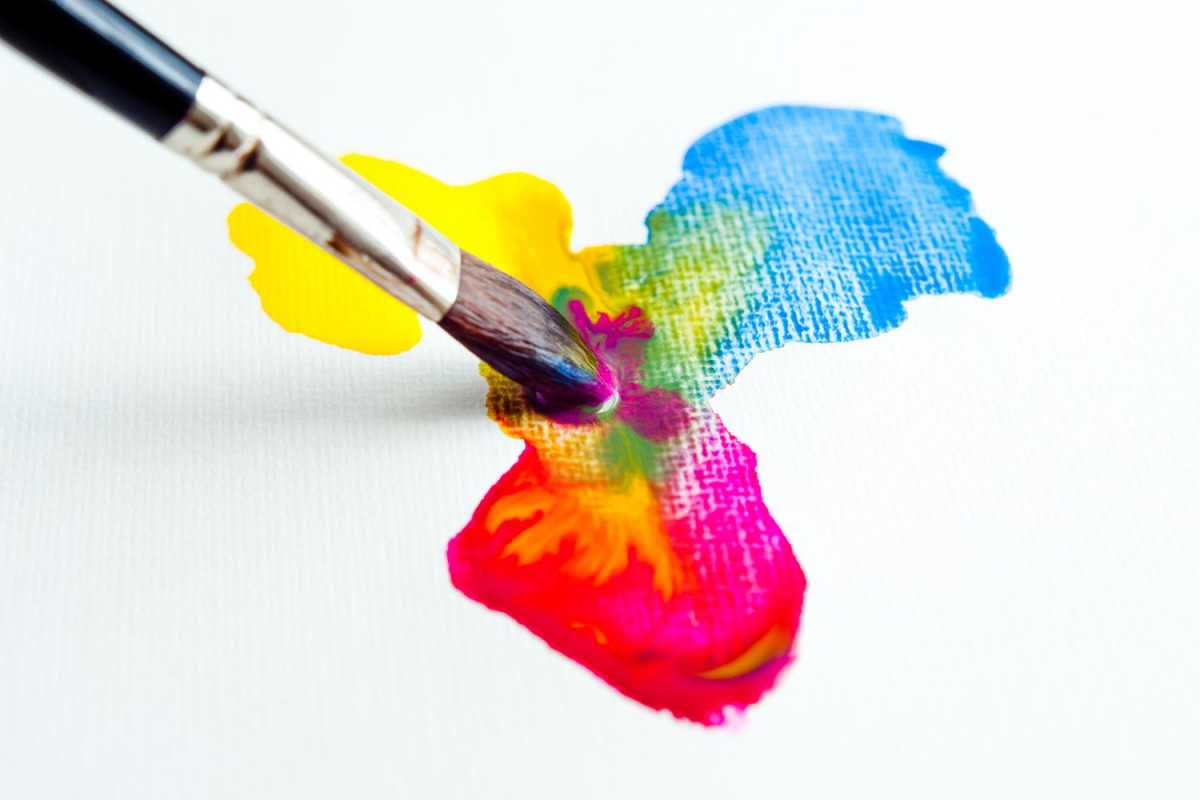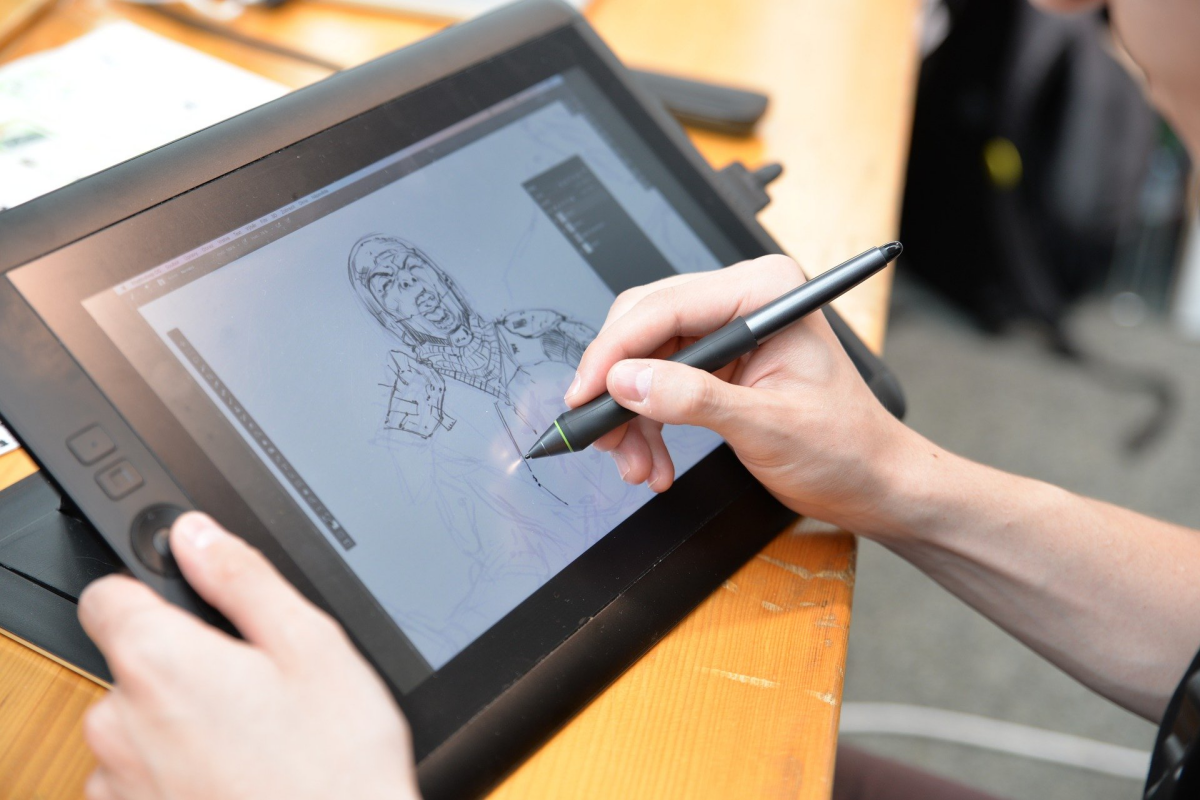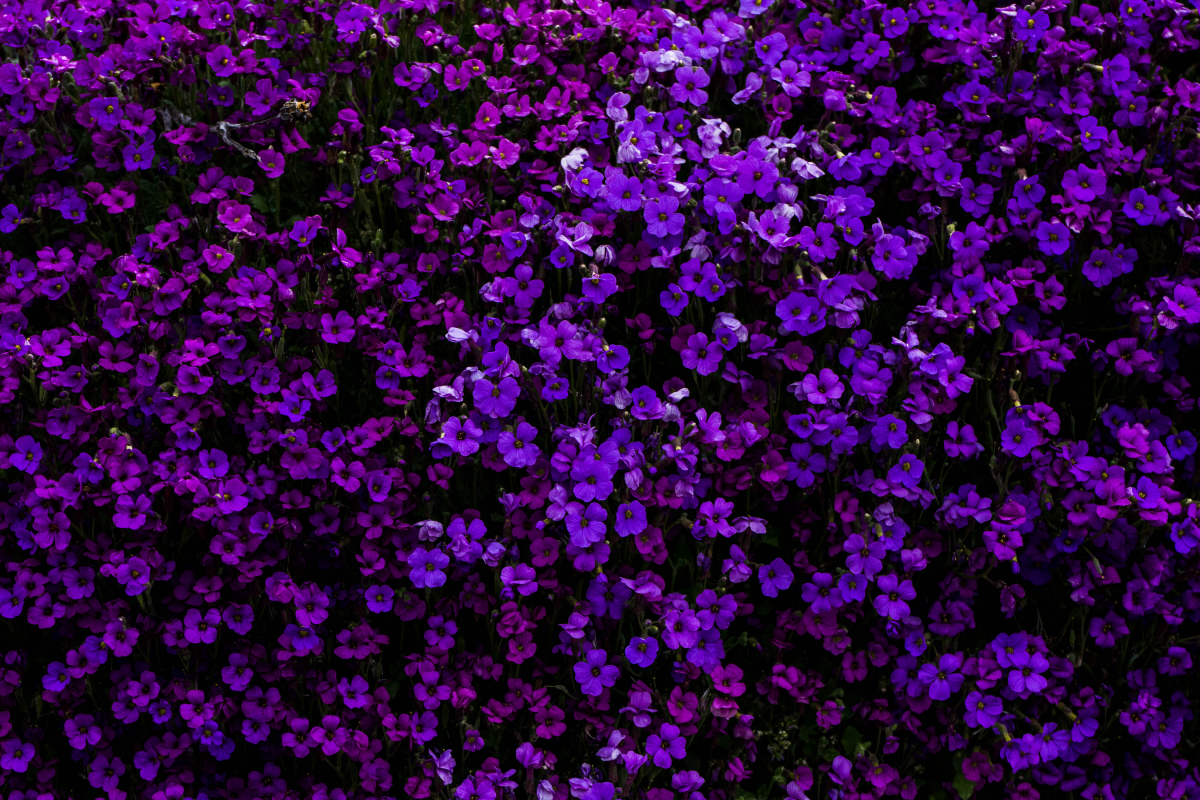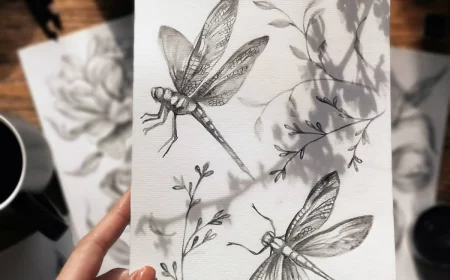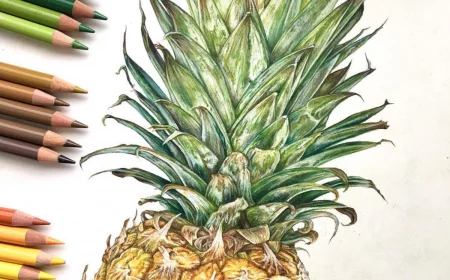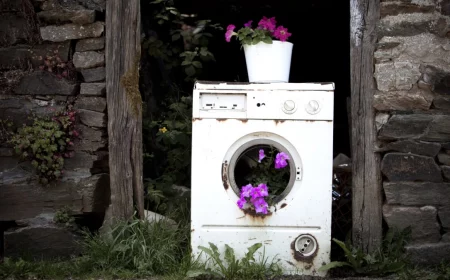What Colors Make Purple? A Comprehensive Guide For Artists
Color mixing is an essential part of art. And among the spectrum of colors, purple holds a particularly unique and enchanting place. This is not only because of its rarity in the natural world but also due to its deep historical and cultural significance. From the regal robes of ancient kings to the avant-garde works of modern artists. Purple has always been a symbol of luxury, mystery, and creativity. Today, we will delve deep into the world of purple, exploring the techniques and tips from experts that will enhance your understanding and ability to mix this majestic color. Whether you’re a budding artist, a seasoned painter, or simply someone fascinated by the world of colors, these insights will help you unlock the full potential of purple in your artistic endeavors. So, let’s see what colors make purple.
Color mixing is an essential part of art
In this article
The Basics of Color Theory
At the heart of color mixing lies the foundational knowledge of color theory, a concept that is both simple and complex. It starts with understanding the three primary colors: red, blue, and yellow. These are the building blocks of all other colors and cannot be created by mixing other hues. When these primary colors are combined in various ways, they produce secondary colors. Among which is also the elusive and beautiful purple. The color wheel is an indispensable tool in this journey of mixing colors. It not only shows the relationship between primary and secondary colors but also illustrates the concept of complementary colors, which are positioned opposite each other on the wheel. This aspect of color theory is crucial for creating color harmony and vibrancy in art. For instance, pairing purple with its complementary color, yellow, can create striking contrasts and bring dynamism to a piece.
The color wheel is an indispensable tool when mixing colors
What Colors Make Purple?
Purple emerges as a secondary color, a result of blending the primary colors red and blue in equal or varying proportions. The journey to the perfect shade of purple is an exploration of balance and harmony. When more red is added to the mix, the resulting purple takes on a warmer, richer hue, often resembling the lushness of a ripe plum or the deep tones of a sunset. On the other hand, increasing the blue leads to a cooler, more serene shade of purple, reminiscent of twilight skies or delicate lavender fields. This versatility is what makes purple a favorite among artists and designers. Different shades of purple have different emotional impacts. Warmer purples can evoke feelings of passion and luxury, while cooler purples might convey calmness and spirituality.
Purple emerges as a secondary color
Tools and Materials For Color Mixing
The tools and materials you select for color mixing play a pivotal role in the outcome of your work. In traditional art forms, this typically involves a palette of paints, a variety of brushes, and the canvas or paper you choose to work on. Each of these elements can drastically influence the final shade of purple you create. Brushes come in diverse shapes and sizes, each offering a unique stroke and blending capability, which can subtly alter the appearance of the color. The type of canvas or paper used also impacts how the color is absorbed and reflected, further affecting the shade. Additionally, the type of paint – whether oil, acrylic, watercolor, or gouache – has its characteristics that can change the way colors mix and appear. For digital artists, the process is different but no less intricate.
The tools and materials you select for color mixing play a pivotal role in the outcome of your work
How To Mix Purple Paint
Mixing the perfect shade of purple in paint requires a blend of science and intuition. Start with a conservative amount of red, and then gradually introduce blue to the mixture. This approach gives you more control over the final shade, as it’s easier to darken a color than to lighten it. Pay close attention to the paint’s opacity and the texture of the surface you’re working on, as these factors significantly influence the visual outcome. For instance, a highly opaque paint will cover the surface completely, resulting in a bold, rich hue, while a more transparent paint allows the underlying surface to show through, potentially altering the color’s appearance. Also, consider the type of lighting under which the color will be viewed, as this can dramatically change how the purple is perceived.
Mixing the perfect shade of purple in paint requires a blend of science and intuition
How To Mix Purple Digitally
In the realm of digital art and design, creating purple requires a different approach. Here, purple is achieved by manipulating the RGB (Red, Green, Blue) values on the color spectrum available in digital software. Understanding the balance of these values is crucial. Typically, you would increase the red and blue values while keeping the green at a minimum. However, the precise ratio can vary significantly depending on the desired shade of purple. Experimentation is key in digital color mixing. Play with different combinations of red and blue to see how they influence the shade and tone of the purple. Be mindful of the calibration and color settings of your monitor, as these can affect how colors are displayed. It’s also worth noting that digital colors can look different when printed, so if your work is intended for print, test prints are advisable to ensure color accuracy.
In the realm of digital art and design, creating purple requires a different approach
The Use of Purple in Design
The color purple holds significant psychological power in design. It is often associated with luxury, creativity, and mystery. So, its use can dramatically influence the mood and perception of a design piece. In branding, for instance, purple is often used to convey a sense of sophistication and elegance. It’s a color that stands out and can give a brand a luxurious and high-end feel. In art, purple can be used to create a mood of mystery and intrigue, evoking deep emotions and thought-provoking responses. It’s also a color often associated with spirituality and meditation. This makes it a popular choice in spaces designed for reflection and calmness. Understanding the cultural and psychological implications of purple is crucial for designers and artists. In different cultures, purple may carry various meanings – from mourning and sorrow in some societies to royalty and wealth in others.
The color purple holds significant psychological power in design
Important Considerations About Purple
Delving deeper into the art of color mixing, creating various shades of purple, such as lavender or violet, requires more than just a simple red and blue blend. It involves a nuanced understanding of color relationships and the impact of external factors like lighting and environment. For instance, under natural sunlight, purple can appear quite different than under artificial light. The change in light can either enhance or mute its vibrancy. This is crucial for artists who display their work in galleries. There lighting plays a key role in how colors are perceived. Another consideration is the interaction of purple with other colors. When paired with greens or oranges, it can create striking contrasts, while alongside pinks or blues, it might offer a more harmonious palette. The key is to experiment with different color combinations and observe how they affect the mood and tone of the artwork.
The change in light can either enhance or mute its vibrancy
Now you know what colors make purple. For painters, digital artists, and designers, purple offers a realm of possibilities. It invites you to experiment and push the boundaries of your art. The process of mixing and applying purple is about understanding the interplay of colors and the emotions they evoke. Embracing this challenge can lead to discoveries and innovations in one’s artistic practice. Remember that each shade of purple you create is a reflection of your unique artistic vision. Let the journey of mixing and mastering purple be as vibrant and varied as the color itself!
Now you know what colors make purple

